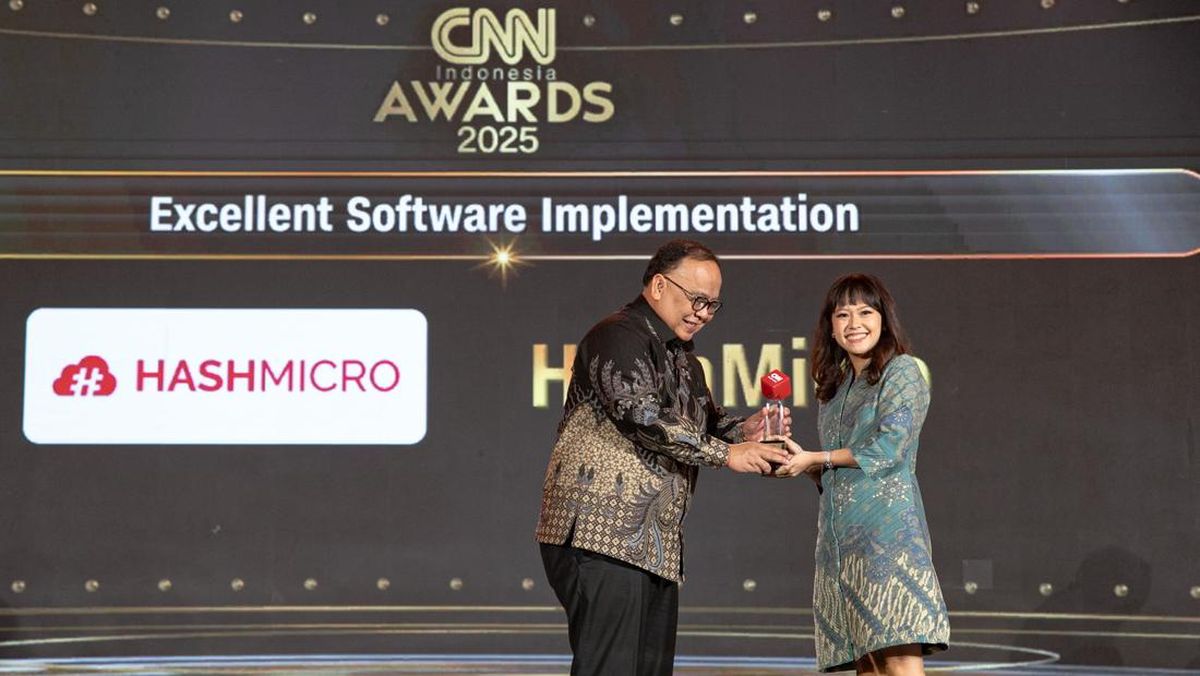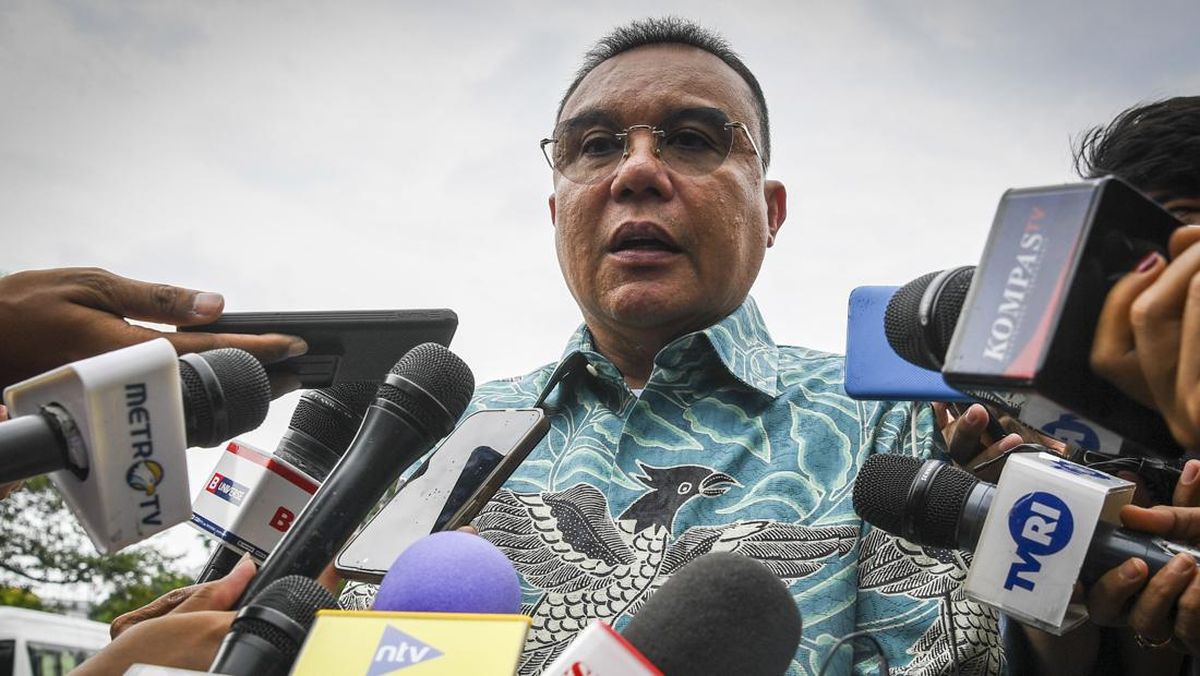Opinion
November 1, 2025 — 5.06am
November 1, 2025 — 5.06am
Most Australians don’t wake up eager to wrestle with their superannuation. They want to save, contribute, tick the box and feel confident they’re doing the right thing. When they do reach out for help, they want a straight answer, not a long wait and a brush-off.
This week one of our members, Margy, hit the wall.

For many retirees, super feels like a foreign language, full of jargon and rules that don’t make much sense.Credit: iStock
She’d just received a redundancy and decided to put a lump sum into her super. Keen to get the money out of her bank account and working for her retirement, she made the deposit, then rang her fund to confirm how it should be recorded for tax purposes. Should it count as a non-concessional contribution, or could she claim it as a concessional one?
She knew she’d already paid income tax on the money this financial year, but she also still had room left in her concessional cap. What she needed was a clear explanation of the best way to classify the contribution so she didn’t end up paying more tax than she had to.
Instead, she got stuck in the system. The wait time to speak with someone at one of Australia’s largest super funds was 130 minutes. And it wasn’t tax time, or even a particularly busy week.
When she finally reached a person, they spent another half hour trying to figure out what she was asking. First, she was told to lodge a form. Then, she was told maybe she shouldn’t. The staffer seemed unsure about the differences between concessional and non-concessional contributions and had to check.
Margy just needed someone – or something – to guide her clearly, at the right time, with the right words.
Finally, she was referred to the ATO because “it’s a tax matter”. She then sat on hold for another 30 minutes, only to be sent straight back to her fund to check whether she’d lodged the right form.
At no point did anyone actually explain what concessional and non-concessional contributions are, or why the distinction mattered. And therein lies the problem.
Super is confusing. For many people, it feels like a foreign language, full of jargon and rules that don’t make much sense unless you work in it every day. It’s bloody confusing to the average person who doesn’t deal with it often, yet it’s precisely the tool they should be able to use confidently to build wealth for retirement.
Loading
I can already hear advisers out there saying smugly, “Well, if she’d had advice, we’d have explained that.” But the reality on the ground is much bleaker. At an industry event this week, the head of the Financial Advice Association Australia revealed the latest numbers.
The FAAA, the country’s largest professional advice body, now has just 10,799 financial advisers left. And there are only 1158 students in the pipeline to replace them. That’s it. In a nation of 27 million people.
And most of the rest of the advisers operating in the country aren’t members of the FAAA, meaning they’re not held to its professional standards. That, frankly, is worrying. I guess we won’t be relying on professional advisers to solve the problems of everyday people approaching retirement then.
So what happens to people like Margy? The ones doing their best to save, to plan ahead, to use the system the way it was designed, but who can’t get help when they need it? How do we make sure the system serves them, instead of the other way around?
If you listen to the loud voices at the table, they’ll say, “We need to fix financial advice.”

Financial advice can be complex and confusing.Credit: AFR
But in Britain, they’ve already faced this problem and largely given up on trying to rebuild their advice channel. The economics just don’t stack up.
Having trained professionals in a field where profits are small, compliance is painful, and consumer needs are huge has become too hard to sustain, except for the wealthy, where margins still make sense.
Here in Australia, some funds are trying something different. Aware Super, AMP and Hostplus are quietly building new ways to guide members like Margy, not by replacing humans with bots, but by blending the two.
If Margy had logged into a smarter digital system that could instantly recognise she’d made a personal contribution, explain in plain English what that meant, and offer her a short video or chat option to walk her through the next step, she might have saved herself two hours on hold and a lot of unnecessary stress.
But we’re not talking about that as loudly as we’re demanding financial advice be fixed. Yet, this is probably the most realistic and scalable way forward for the Margys of the world.
That’s what digital guidance done right in superannuation could look like. It’s still advice, just delivered in a more human, accessible way. It’s about giving people clear direction in the moment they need it, not sending them around in circles between a call centre that doesn’t properly understand the rules and the ATO.
Because Margy didn’t need a financial planner charging by the hour. She just needed someone – or something – to guide her clearly, at the right time, with the right words.
The simple answer Margy couldn’t get
Loading
The maddening part? The answer to her question was clear when I explained concessional and non-concessional contributions. And it’s a healthy combination of education and guidance, all allowable under superannuation financial advice today - if funds are proactive to help. And this is their most common question at tax time so it makes sense to.
Because Margy had already paid marginal tax on the personal contribution she’d made to her super (it was after-tax income), she wanted to claim it as a concessional contribution. All she needed to do was lodge the Notice of Intent to Claim or Vary a Deduction for Personal Super Contributions form with her fund before submitting her tax return.
Here’s what would have happened: once the fund received and acknowledged the form, it would have reclassified the contribution as concessional, meaning it would be taxed at 15 per cent inside the fund instead of her marginal rate (say, around 30 per cent).
When she later claimed that deduction on her tax return, the ATO would have refunded or offset the difference – effectively giving her back the extra tax she’d already paid.
It could have been as simple as one form, one step, and no confusion. She could have saved hundreds, possibly thousands, of dollars.
Yet she waited more than two hours on hold, only to be told to call someone else.
Bec Wilson is author of the bestseller How to Have an Epic Retirement and the newly released Prime Time: 27 Lessons for the New Midlife. She writes a weekly newsletter at epicretirement.net and hosts the Prime Time podcast.
- Advice given in this article is general in nature and is not intended to influence readers’ decisions about investing or financial products. They should always seek their own professional advice that considers their own personal circumstances before making financial decisions.
Most Viewed in Money
Loading


















































